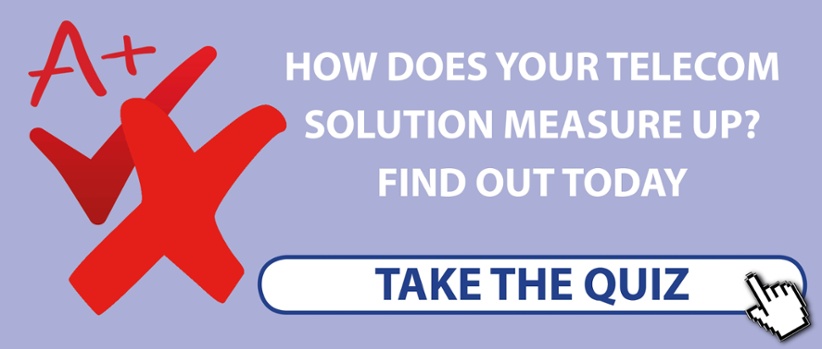
Firms across Buckinghamshire, Oxfordshire and Berkshire can improve their efficiency by choosing telecommunications equipment designed for greater productivity.
Modern telephony equipment is designed to make common working practices that bit easier to manage. From how you receive and handle calls from customers, to the manner in which your call costs are managed to offer the greatest level of cost-effectiveness, contemporary telecommunications systems should foster efficient working practices at every level of an organisation.
You should be able to handle all of your calls at busy periods, of course, but be able to do so without building in too much provision which is a wasted resource when your phones aren't so active. Business managers and SME owners can achieve working procedures which offer greater efficacy by selecting telecommunications equipment which has one thing at its core: flexibility. How do telecommunications manufacturers build flexibility into their systems and how do you go about deploying it?
1. A Better Call Distribution System
Managing the way in which calls come into an organisation is a key part of efficient working practices in a slickly run business these days. Gone are the days when all calls are routed via reception or a dedicated operator. Although both roles still have their place, depending on the nature of the business, many organisations opt for a more flexible approach to call distribution. With the latest equipment, you can route calls to individual team members, when it is appropriate to do so. Equally, calls can be routed to entire teams for fast response times. If you generate incoming sales calls, then these can be distributed fairly among sales representatives, helping to make sure everyone gets a fair crack of the whip.
In some cases, an automated attendant will be appropriate. This is a software-based menu system which allows callers to route themselves to the right place, for example, tech support, customer services or goods-in. Where you prefer a personal touch, calls can be routed to overflow centres at busy times creating a seamless continuity of service for your clients. Opt for a third-party call centre or another office, if you have one in your business. The point is that you retain control of your call distribution and can alter the flow as you see fit to best meet your business goals.
2. Stay Connected With Remote Workers
In modern business, remote working is becoming more and more accepted as a reality. Of course, mobile telephony has helped this to happen when members of staff are in the field, but it can lead to problems with customers not knowing which number to call or drops in service in some rural location. With data communications systems, not only can your team members log on to your database and customer records from home or in the field – indeed, anywhere they can obtain a good Wi-Fi connection – they will also be able to access telephony services remote
Commonly used software systems enable remote workers to ring internally to other staff members who are in the office. They see a virtual keyphone on their computer which allows them to see just when a colleague is free, engaged on a call or busy elsewhere – just like they would if they were actually in the office. This is a big advantage for callers, too. Without needing to ring one contact number and then another if there is no response, clients ring the number they are used to and the system will route it to the correct place, whether it is a telephone system extension, a virtual phone connection or a mobile phone. Such efficient working is possible thanks to Voice Over Internet Protocol (VOIP) technology. Essentially, a VOIP office saves money, time and provides managers with a way to track remote workers' productivity on the phone.
3. Videoconferencing Systems
Another key factor in the efficiency of the VOIP office is the use of modern videoconferencing systems. In the past, videoconferencing was for larger organisations which needed virtual face-to-face meetings and were willing to pay for sufficient digital lines (ISDN) to connect them at the rates such equipment needed. Nowadays, videoconferencing is for all sizes of business and far more accessible for everyone in the office – i.e. via a desktop PC - helping staff set up more virtual face-to-face meetings to build rapport with colleagues and clients without the travelling time and expensive of being out of the office.





